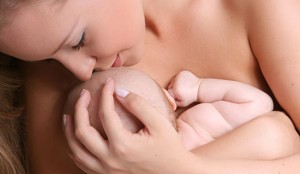

The woman’s body undergoes various physiological changes postpartum, and they are: cardiovascular, respiratory, gastrointestinal, urinary, musculoskeletal, endocrine, hematologic and uterine body, ovaries, vagina and breasts, causing them discomfort both physical and emotional (MOTA CARVALHO, 2002).
The postpartum period is a phase that has variable length and consists in the postpartum stage where the body goes through the recovery of the changes caused by pregnancy usually lasts 6-8 weeks where the body returns non gravidic conditions (De Souza BARACHO, 2003 ). Despite the relatively short period of this stage, the World Health Organization recommends that the woman be accompanied to 6 months postpartum.
Because of the uncomfortable that the woman goes in this period, some measures are suggested to help her, the main one, the implement of physical exercise in order to speed up the muscle tone recovery process (WHITEFORD, POLDEN, 1992).
The discomforts that mothers suffer in this period are diverse, mainly abdominal, breast tenderness, upper limbs, joints, back pain and these factors are likely to influence your self-image (SPRINGHOUSE, 2005).
Due to possible limitations and discomfort and physical changes, the woman in this step requires a multidisciplinary attention, so that in addition to exercise and recover your not pregnant state in a short time, deserves emotional attention, because in this period becomes vulnerable to psychological problems.
How long postpartum is released practice of physical activity?
In women who had normal birth, the recovery is faster, 15 days after delivery may return the years, except in case of complications. In the case of caesarean birth, the indication is that the activities back after 30 days, and may also vary from 40 to 60 days depending on the recovery of puerperal woman.
Recommendations
It is interesting dialogue between the instructor and the puerperal woman for her to tell all your troublesome and highlight the key so he can direct activities to the main needs leading to better results. Some regions deserve more attention, as the pelvic floor, which becomes important strengthening to avoid problems such as urinary incontinence. The abdominal and paraspinal muscles as well, the first of which is subjected to strain during the period of gestation and the second has an important influence on the maintenance of posture of the woman.
Image reference: psiinsight